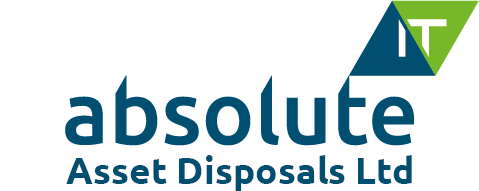
The Covid-19 crisis has generated concern that cybercriminals will be able to take advantage of businesses and consumers to make quick profits. In the month since lockdown procedures were implemented, the UK’s National Cyber Security Unit shut down over 2,000 scam websites, while Google blocked hundreds of millions of phishing emails.
Remote working poses additional security challenges, as employees require the usual access to software applications and business databases from locations that may not offer the same level of online security. One area of concern is Cloud-based software that is accessed from a variety of locations, otherwise known as Software as a Service (SaaS).
With the lockdown unlikely to be lifted immediately, and with many businesses continuing to offer homeworking to employees long after the Covid-19 crisis has subsided, a long-term proactive approach to ensuring the compliance and security of SaaS applications is essential. Here are some actions you can take:
1) Use a Virtual Private Network
A Virtual Private Network (VPN) routes Internet traffic through a safe, encrypted tunnel from the end-user to the business network. Whether an employee is accessing SaaS applications from their home broadband or via public WiFi, using a VPN will ensure the connection is secure and invisible to cybercriminals.
A VPN is essential when employees are working remotely, as the security of their Internet connections cannot be guaranteed. Without the ability to check every user’s home broadband and cybersecurity set up, businesses can be confident that the use of a VPN significantly increases the security of each connection to their network and SaaS resources.
2) Reinforce password security
Passwords are easy pickings for cybercriminals. A weak password is easily bypassed and, for an experienced criminal, is the cyber equivalent of leaving the back door unlocked when the household retires to bed. Unbelievably, in 2019 the most common password in the world was still ‘123456’, despite years of publicity. Therefore, a proactive approach to improving password security for employees who need to access SaaS resources while remotely working is essential. A professional password manager is a good solution – many have established trial periods during the Covid-19 pandemic to support businesses whose employees are homeworking – and are easy and quick to set up.
3) Use a SaaS management tool
A SaaS management tool can reveal which apps are being used in your business at any given time, track how they are being used, eliminate costly duplications, and eradicate unnecessary spending. By improving the visibility of SaaS usage across your company you can be more confident about how these applications are used and, most importantly, if they are used safely.
Secure Disposal of End-of-life Mobile Devices and Remote Working Hardware
Security is an evolving area for all businesses, and, as remote working increases, you’ll need to consider best practices for employees accessing Cloud-based services from home. Equally important is the handling of unwanted data storage devices, including smartphones, laptops, and tablets used for remote working.
For more information on Absolute ITAD’s data sanitisation services, get in touch or download our free guide here.
Image Source: Pexels











